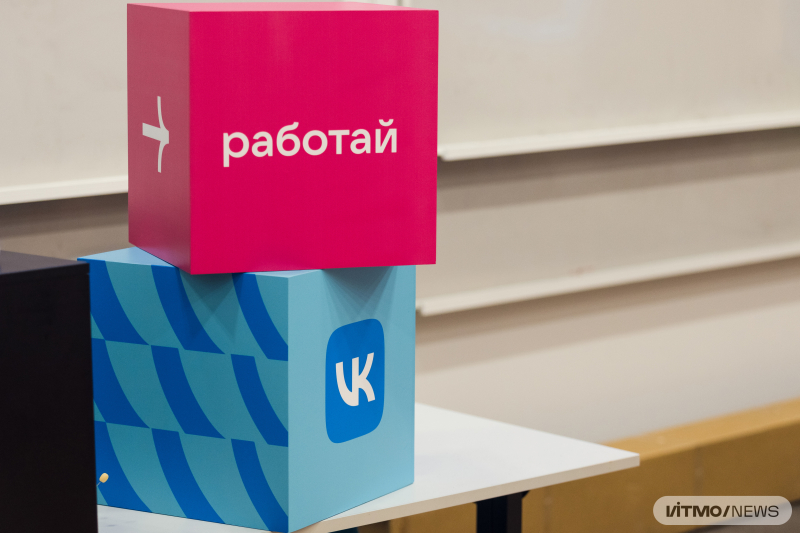Contents:
- The perks of VK Mini Apps
- Skills you need to make mini apps
- Who uses the platform
- Monetizing VK Mini Apps
- Developing a mini app
- Building a team
The perks of VK Mini Apps
For users. VK Mini Apps is a platform for applications that work within the VK ecosystem (apart from the social media service itself, they are compatible with Odnoklassniki, the Atom browser for Android, the Mail.ru email service, and Marusya the voice assistant). Unlike traditional apps, mini apps can be accessed directly from the main service, such as VK: you just launch the app and scan a QR code. Pros: you don’t need any additional registration, you don’t need to link your card, and the apps won’t take up any storage on your phone.
For developers. VK Mini Apps is a low-code platform, meaning that you don’t need to learn to code to work with it. Instead, you can make an app with the help of a premade template, relying on basic knowledge of web technologies. Out of the over 75,000 mini apps available on the platform, 90% were made by independent developers, says Dmitry Zadokhin.

Dmitry Zadokhin, a DevRel at VK Mini Apps, delivers a lecture as part of VK’s lecture series at ITMO. Credit: Dmitry Grigoryev / ITMO.NEWS
Skills you need to make mini apps
According to the expert, the platform will enable anyone from managers to IT designers and market specialists to develop an app – on their own or with assistance from an outsourced programmer.
All you need is to know your way around HTML, JavaScript, and the React library to create user interfaces. Dmitry Zadokhin is confident that anyone capable of assembling landing pages and websites can also make their own app on the service.
The platform provides building blocks for an app that you can customize to fit your needs. You can find the manuals and official documentation on the special page for developers and ask any questions you might get on the VK Mini Apps community on VK.
Who uses the platform
According to Mr. Zadokhin, mini apps have gathered an audience. The platform now offers apps in over 20 categories, including entertainment, lifestyle, education, transport, business, travel, and others.
It’s not only indie developers and teams that make use of the platform, either – among its big-name users are Tinkoff, Russian Post, and the e-book service Litres. Mini apps are very versatile and can come in handy for monetizing your business, finding new clients, selling products and services, and much more.

The audience at Dmitry Zadokhin's lecture on how you don’t need to be a developer to create digital products as part of VK’s lecture series at ITMO. Credit: Dmitry Grigoryev / ITMO.NEWS
Monetizing VK Mini Apps
The platform offers several options for monetization. You can sell ad space by integrating interactive banners into your app’s interface, trade in digital goods or services, or receive donations directly from your users.
The advertisements that are displayed in VK Mini Apps are provided by VK’s Advertising Network, where they are sorted into the libraries VK Bridge, VKUI, and icons. VK tracks the views on each ad and transfers the app’s developers a corresponding amount of money. They can manage and withdraw their earnings via either VK’s settings or an account in AppsCentrum, VK’s partner company. You can learn more about VK’s advertising rules here (available in Russian only).
There are two models for e-commerce in VK: the sale of digital goods via an internal trading system which has its own trading tokens called votes, or the sale of physical and digital valuables for real money.
In order to enable vote-based purchases, an app needs its servers to support notifications while using the VK Bridge library’s events at its frontend. The developers can then convert these votes into funds in their bank accounts or digital wallets.
For money-based purchases, one can use various electronic payment systems, with VK Pay being the easiest to implement. Earnings can be transferred to personal VK Pay accounts for people and corporate accounts for legal entities.
You can learn more about the rules here (available only in Russian).
According to Dmitry Zadokhin, a mini app can easily earn around 70,000-80,000 rubles per month, and it can go as high as 250,000 depending on the size of its user base. The larger the user base, the more ads or purchases they make and the bigger the profits.
Developing a mini app
Find your target audience. First of all, you need to find your target audience and determine which of their needs you can meet with your app.
Design thinking may be useful for coming up with ideas for new apps. This approach means finding the issues that potential clients face and creating goods and services that deal with them.
Knowing your future users is essential to designing a good product. You need to put yourself in your audience’s shoes to see what troubles them, and then come up with a solution. You can test your idea by creating a mock-up of your app’s interface and have your friends and colleagues rate its intuitiveness. Try using online design tools such as Figma.
Consider the size of your team. After you figure out what your target audience is and what your app will look like, consider the size of your future team. Do you need a lot of employees or will just a couple of people be enough?

Dmitry Zadokhin delivers a lecture on how you don’t need to be a developer to create digital products as part of VK’s lecture series at ITMO. Credit: Dmitry Grigoryev / ITMO.NEWS
Building a team
When building a team, remember that developing an app takes up only around 30–40% of the entire design process. The rest of your time will be dedicated to conceptualizing and planning, which is the job of your team’s manager. Their coordination efforts, scheduling, and presentation skills are a crucial part of every successful project.
You can use the VK Mini Apps page, as well as freelance marketplaces and recruiting websites to look for mini app developers.
Based on VK Mini Apps DevRel Dmitry Zadokhin’s lecture for ITMO students during an open talk by VK.






